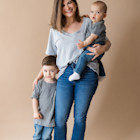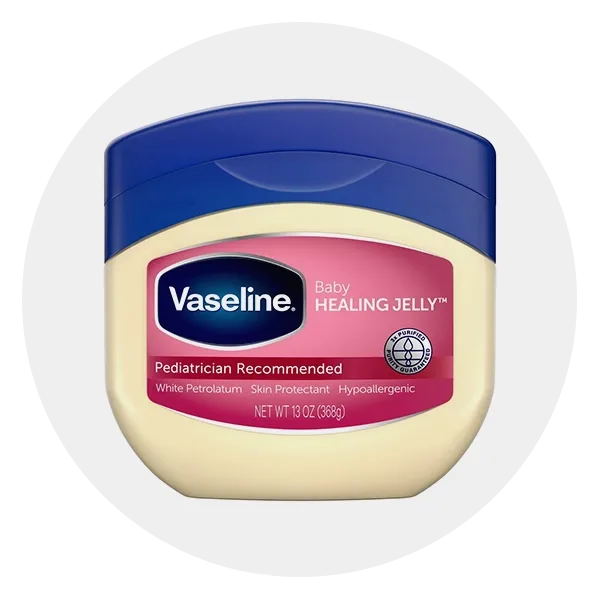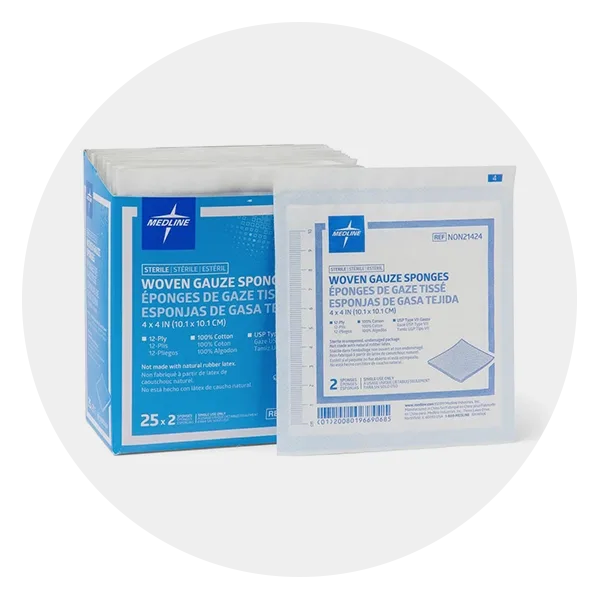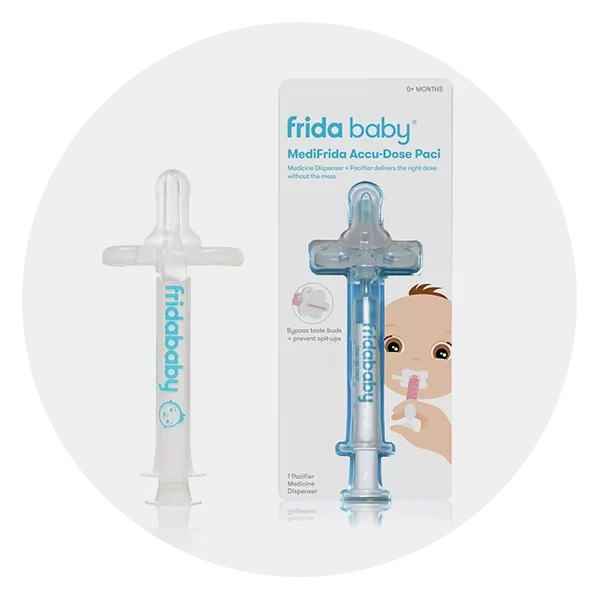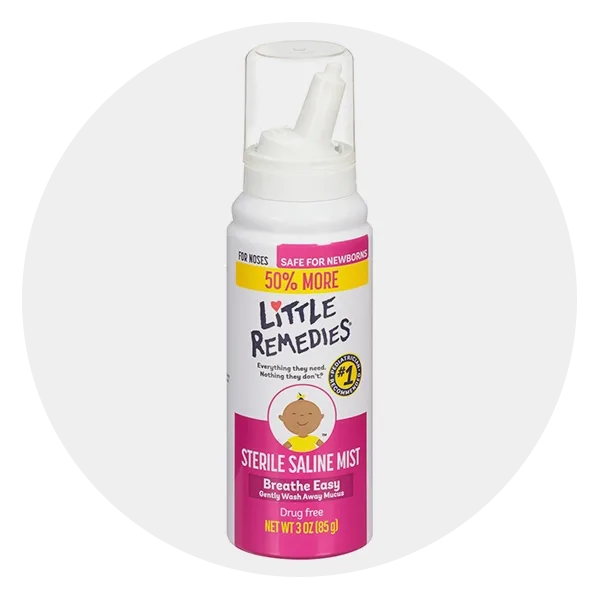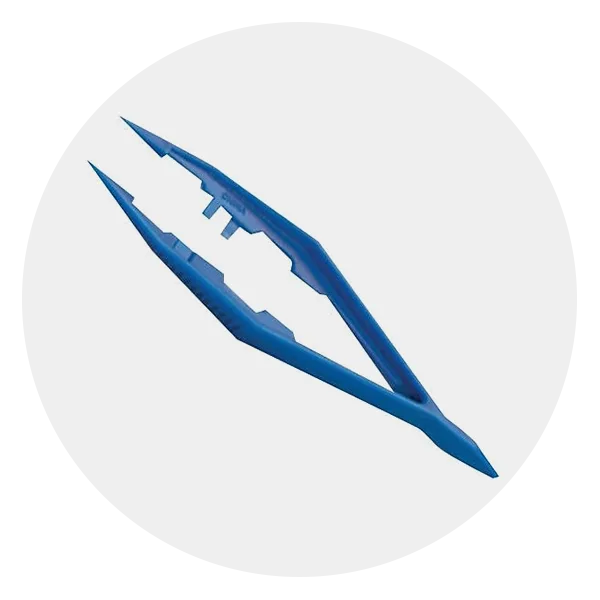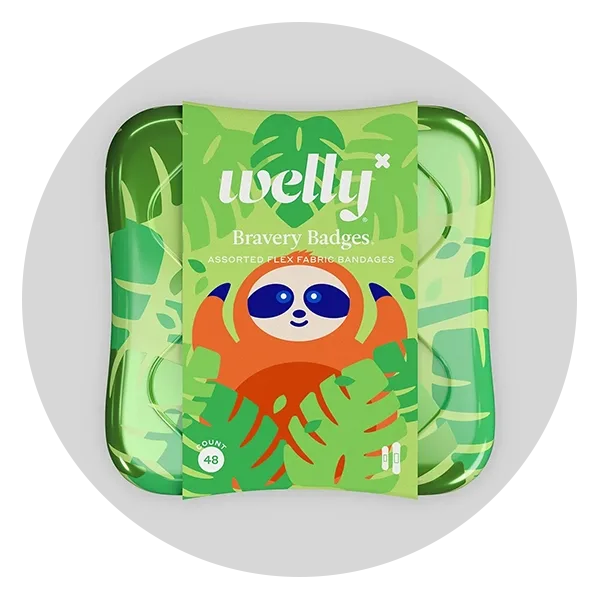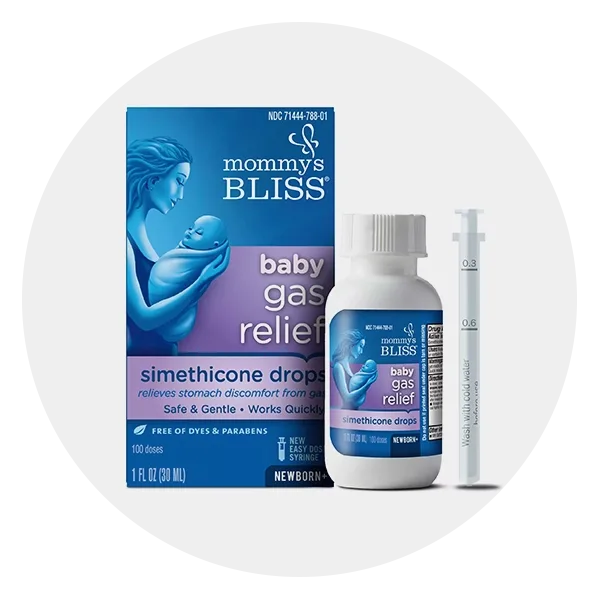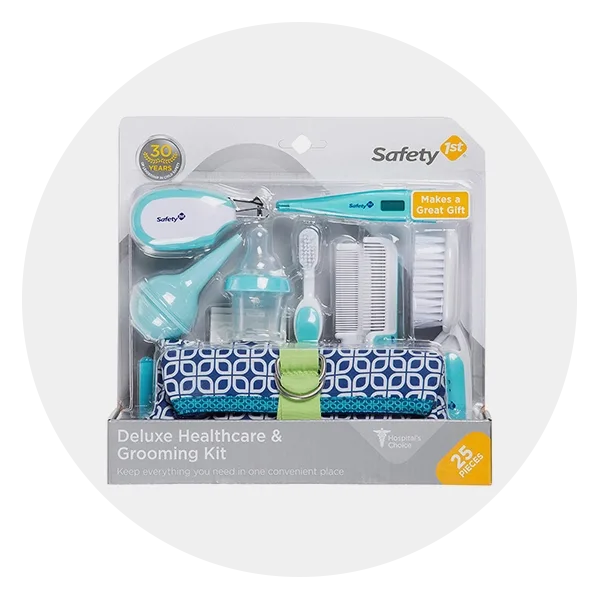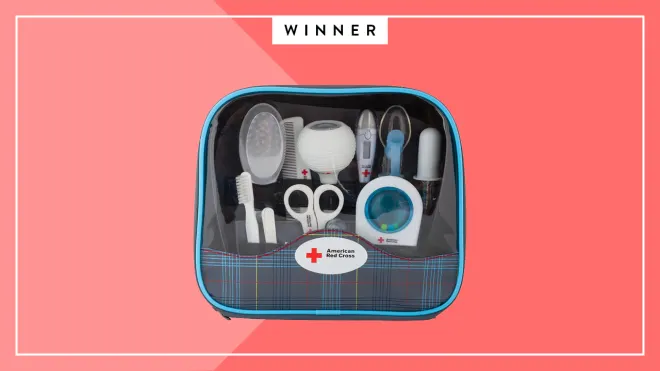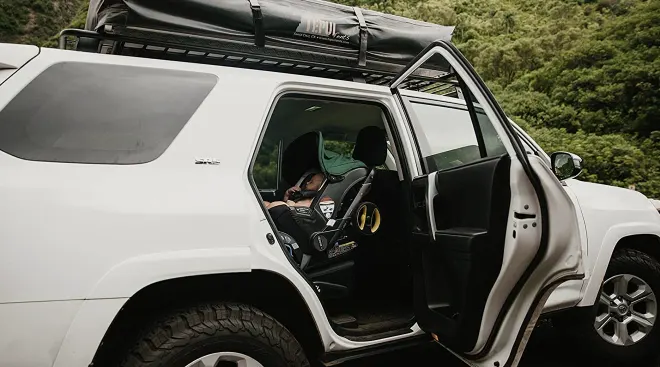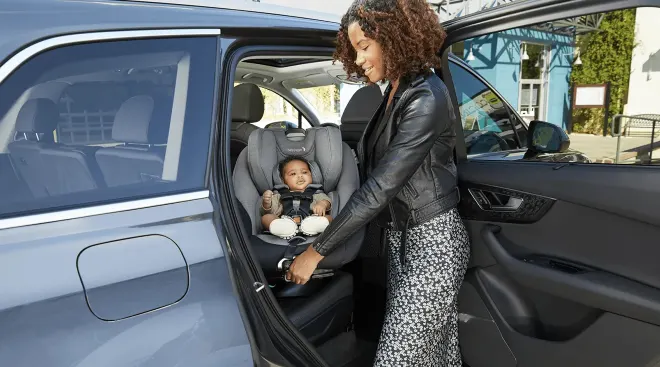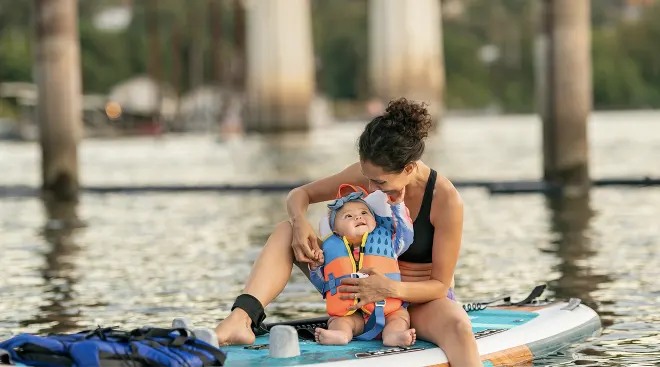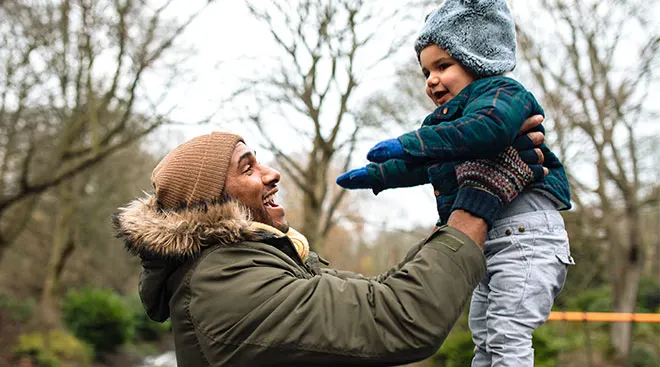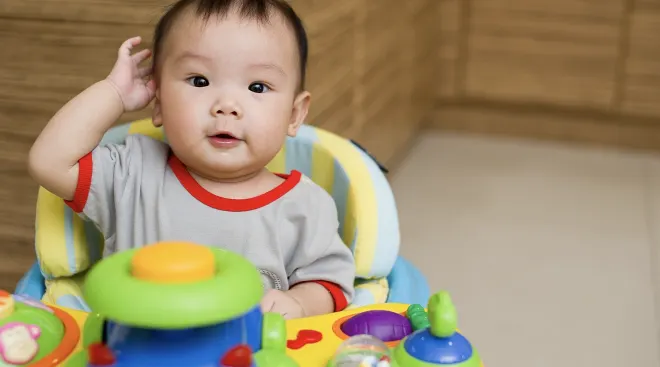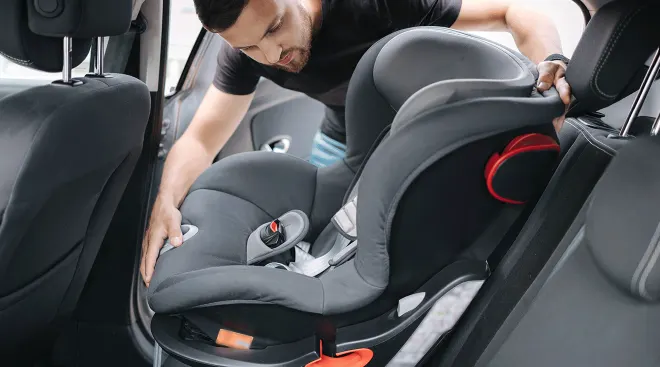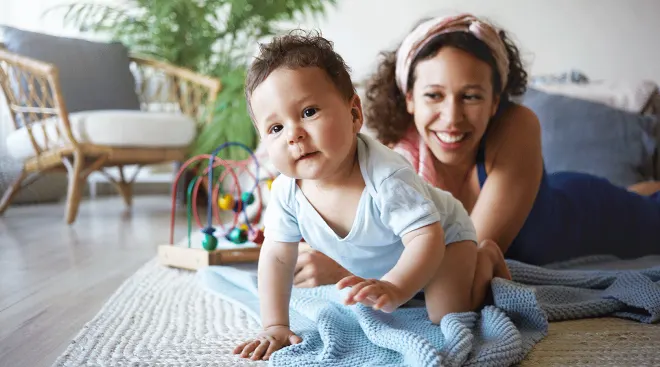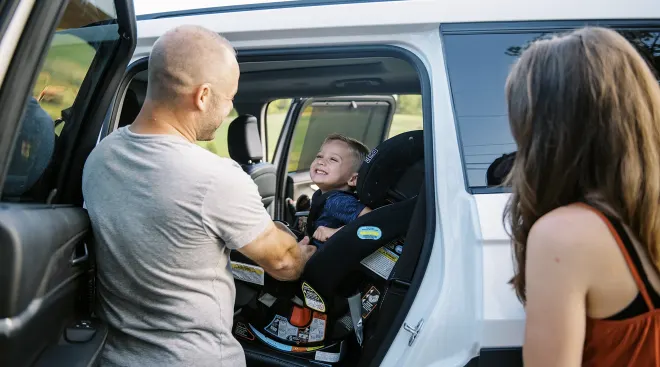How to Build a Baby First Aid Kit
As a mom of two energetic boys, I know how quickly things can go from calm to chaotic. From scrapes to sudden fevers, little ones can get into all sorts of situations that require preparedness. That’s why having a well-stocked first aid kit specifically for babies is a must. Whether at home or out and about, it’s reassuring to know you’re prepared for those little emergencies. Use this guide to stock your medicine cabinet or baby first aid kit, and you’ll be prepared for all minor injuries and illnesses. “Each item serves a specific and practical purpose in managing common baby health concerns,” says board-certified pediatrician Mona Amin, MD. With the right tools, you can confidently address common issues and ensure your little one stays safe and well.
While at-home care is the first line of defense when baby’s sick, always discuss medications and treatments with your pediatrician before giving them to an infant.
“A thermometer and fever reducer are key,” says Alexis Phillips-Walker, DO, a pediatrician at Memorial Hermann Medical Group Pediatrics in Atascocita, Texas. Parents should always travel with these items, as you can’t predict when baby will spark a fever, continues Philips-Walker. Here, find a list of other first aid essentials to help you treat minor ailments and illnesses at home:
Here are the steps we took to help you stock the most practical First Aid Kit with all of baby’s essentials:
- We spoke with two pediatricians to understand the most essential items and products that should be included in baby’s first aid kit, and asked for some of their favorite products.
- We reached out to our staff for their first-aid kit go-tos, and recommendations from personal experience with their own children.
- We conducted exhaustive market research, reading forums and user reviews to see how these products held up for a variety of families.
Editorial integrity is at the heart of everything we publish. Read about how The Bump develops and reviews all articles, including product reviews.
Baby thermometer
Featuring a short, flexible tip, this thermometer ensures a gentle and accurate rectal temperature reading, which is the most reliable method for infants. The large LCD digital display provides fast, easy-to-read results, so you can quickly determine if baby has a fever. This thermometer, which was recommended by Amin, is perfect for monitoring your little one's health during colds, ear infections or flu season.
Nasal aspirator
Also known as the “OG SnotSucker,” the NoseFrida is the ultimate tool for clearing baby’s stuffy nose with ease. Designed to safely and effectively remove mucus, it features a hygienic, reusable design with a soft, flexible silicone tip that gently suctions out congestion without discomfort. “My wife and I assumed all nasal aspirators were the same,” says Daniel C., dad of one and associate director of e-commerce for The Bump, “but discovered that the NoseFrida was the only product that worked with our daughter. With a bulb, she fought and screamed and made snot worse with crying.” Unlike traditional bulb aspirators, NoseFrida lets parents control the suction power, ensuring a more thorough and efficient cleaning. The aspirator’s design also makes it easy to clean, with removable parts for thorough sanitization (its top-rack dishwasher safe!).
Nail clippers and file
Cutting baby’s nails for the first time can be scary– but not with the Frida Baby SnipperClipper set. The patented safety spy hole lets you see exactly what you’re clipping, preventing accidental cuts to your baby’s sensitive skin. The overlapping blades provide smooth, silent snipping, ensuring a gentle trim with minimal effort. The set includes a baby nail file with a curved S-shape, designed to follow the natural contour of your baby’s nails for a smooth finish after clipping. Safe for use from newborns to toddlers, these clippers are the perfect tool for trimming tiny nails without the risk of injury. I still use these tools with my boys (ages 20 months and 4 years old)—it’s just such an effective and gentle set.
Cotton balls
Made of 100% cotton, these sterile, absorbent cotton balls are small in size, making them a perfect option for your baby. Pick up a box at your local drugstore or stock up online with this box of 130 1-inch cotton balls.
Petroleum jelly
Vaseline’s hypoallergenic Baby Healing Jelly is a gentle, effective solution for protecting and soothing baby’s delicate skin. Designed to help treat and prevent diaper rash, this petroleum-based ointment forms a barrier that seals in moisture and keeps irritants out. Ideal for daily use, it provides long-lasting protection, helping to heal and protect your baby’s skin from dryness, chafing and irritation.
Gauze
Ideal for wound dressings, packing, and general wound care, these woven cotton gauze are individually sealed for optimum safety. The box contains 50 4-inch x 4-inch gauze sponges.
Medicine dropper
Getting medicine into your baby’s mouth can be tricky, so why not make it easier with something they love? This clever syringe/pacifier combo ensures your baby receives the full dosage of medicine. I remember our pediatrician recommending we aim for the side of the cheek to bypass baby’s taste buds—and the MediFrida is designed to do just that. Ashley G., a mom of one, recommends the Accu-Dose Paci, noting that her son never liked pacifiers but would use this one for medicine.
Saline solution
Little Remedies Sterile Saline Mist offers safe, non-medicated relief for dry, irritated, or crusty nasal passages. This gentle, preservative-free nasal spray helps loosen and clear mucus, making it easier for your little one to breathe comfortably. This saline mist is drug, alcohol and preservative free, so it’s safe for frequent use.
Tweezers
These plastic tweezers feature a bent handle shape and are lightweight in design for easy gripping. We especially love that these are precise to avoid nipping baby’s sensitive skin. At a little over four inches, these medical tweezers are sturdy, compact and disposable for cleanliness.
Adhesive bandages
Made from durable flex fabric, this fun pack of bandages in three playful prints (sloths, llamas and narwhals) are sure to protect boo-boos. Welly bandages come in two kid-friendly sizes and seal on all four sides to prevent dirt and germs from entering minor cuts and scrapes. We love the adorable reusable, recyclable tin container that holds all 48 bandages.
Baby gas drops
If your little one gets fussy after mealtimes, it's a good idea to add gas drops to baby’s first aid kit. Mommy’s Bliss is a simethicone-based remedy that breaks up bubbles in baby’s tummy to provide gentle, effective relief from gas. Made with ginger extract flavor, these drops are designed to provide gentle, effective relief. With no artificial colors, flavors, and gluten, dairy, soy and alcohol free, Mommy’s Bliss gas relief drops are gentle for 3 months and up. Always consult with your pediatrician before use.
Infant acetaminophen
Infant Tylenol provides fast and effective relief for baby’s pain and fever. Formulated for infants, this gentle liquid medicine helps reduce fever and alleviate pain caused by teething, earaches or other minor discomfort. A precise syringe is included, ensuring accurate measurement of baby’s safety. Always follow dosing instructions and consult with your pediatrician before use.
A pre-made first aid kit is a good option if you’re just after the true necessities. After all, you might already have band-aids, cotton balls and any necessary medication.
Safety 1st baby first aid kit
This 25-piece set is a comprehensive collection of essential healthcare and grooming items, designed to support parents in any situation. It includes practical tools like a bulb aspirator, thermometer and medicine dispenser, as well as grooming essentials such as a toothbrush, hairbrush and comb. One of the standout features is a laminated emergency contact card, which provides quick access to critical phone numbers, including your pediatrician, poison control and local emergency services. As Amin points out, “An emergency contact card with key numbers is an invaluable addition for any parent.”
Perfect for parents on the go, this set is compact and portable—ideal for the trunk of your car or a travel bag. We love the thoughtful design of the clear compartments, allowing you to keep each item organized and easily visible, so you can find what you need quickly when it matters most.
Red Cross baby first aid kit
Looking for a compact, all-in-one solution for baby’s essential healthcare tools? The American Red Cross Baby Healthcare Kit has you covered. Designed by the trusted name in safety, this thoughtfully curated seven-piece kit includes everything you need to care for your little one’s health and well-being.
Packed inside a convenient zippered case, you’ll find a digital thermometer with its own protective case, a nasal aspirator to help clear congestion, a medicine dropper with a cap for easy and accurate dosing, a medicine spoon with a cap for fuss-free feeding, and a nail clipper to keep tiny nails neatly trimmed. Every item is designed with babies’ safety and comfort in mind, ensuring that you have the right tools on hand when you need them most.
About the writer:
Christine Carpenter is a New York-based storyteller and, as a devoted mother of two little boys, knows how imperative it is to have a thoughtfully, well-stocked first aid kit. With a background in product development, Christine blends her experience and creativity to design innovative, practical solutions that make everyday life easier for busy families.
Please note: The Bump and the materials and information it contains are not intended to, and do not constitute, medical or other health advice or diagnosis and should not be used as such. You should always consult with a qualified physician or health professional about your specific circumstances.
Plus, more from The Bump:
Mona Amin, MD, is a board-certified pediatrician, IBCLC and mom, as well as the voice behind PedsDocTalk, a platform empowering modern parents with relatable, easy-to-digest guidance on child health, development, and parenting.
Alexis Phillips-Walker, DO, is a pediatrician serving patients ages newborn to 18. A graduate of the University of Notre Dame and Ohio University Heritage College of Osteopathic Medicine, Dr. Phillips-Walker completed her residency at Authority Health/Michigan State University College of Osteopathic Medicine where she trained at Children's Hospital of Michigan in Detroit.
Navigate forward to interact with the calendar and select a date. Press the question mark key to get the keyboard shortcuts for changing dates.
































